Some Of The World's Most Photographed Ruins

- Built by the Ancient Athenians between 447 and 432 BC, the Parthenon was dedicated to the city’s patron deity Athena and was used to house the gold and ivory Athena Parthenos statue.
- Known throughout the world as the lost city of the Incan civilization, Machu Pichu stands 2,430 m above sea-level, amidst towering mountains in Peru.
- Built sometime between 70 A.D to 72 A.D, the Colosseum was used as the venue for many famed gladiator fights that were performed for entertainment in front of thousands of spectators.
The world is replete with hauntingly beautiful ruins spread across different continents. They have survived for hundreds if not thousands of years, through generations and civilizations. While most of them are just composed now of ashes, bricks, and pieces of stone, a mere fragment of its once grandiose existence, they are still as enthralling and captivating. This is why people continue to flock to these sites to photograph them.
Here are just some of the world’s most photographed ruins that have stood witness to history, and must have thousands of stories to tell if only their walls could talk.
10. Machu Pichu (Peru)
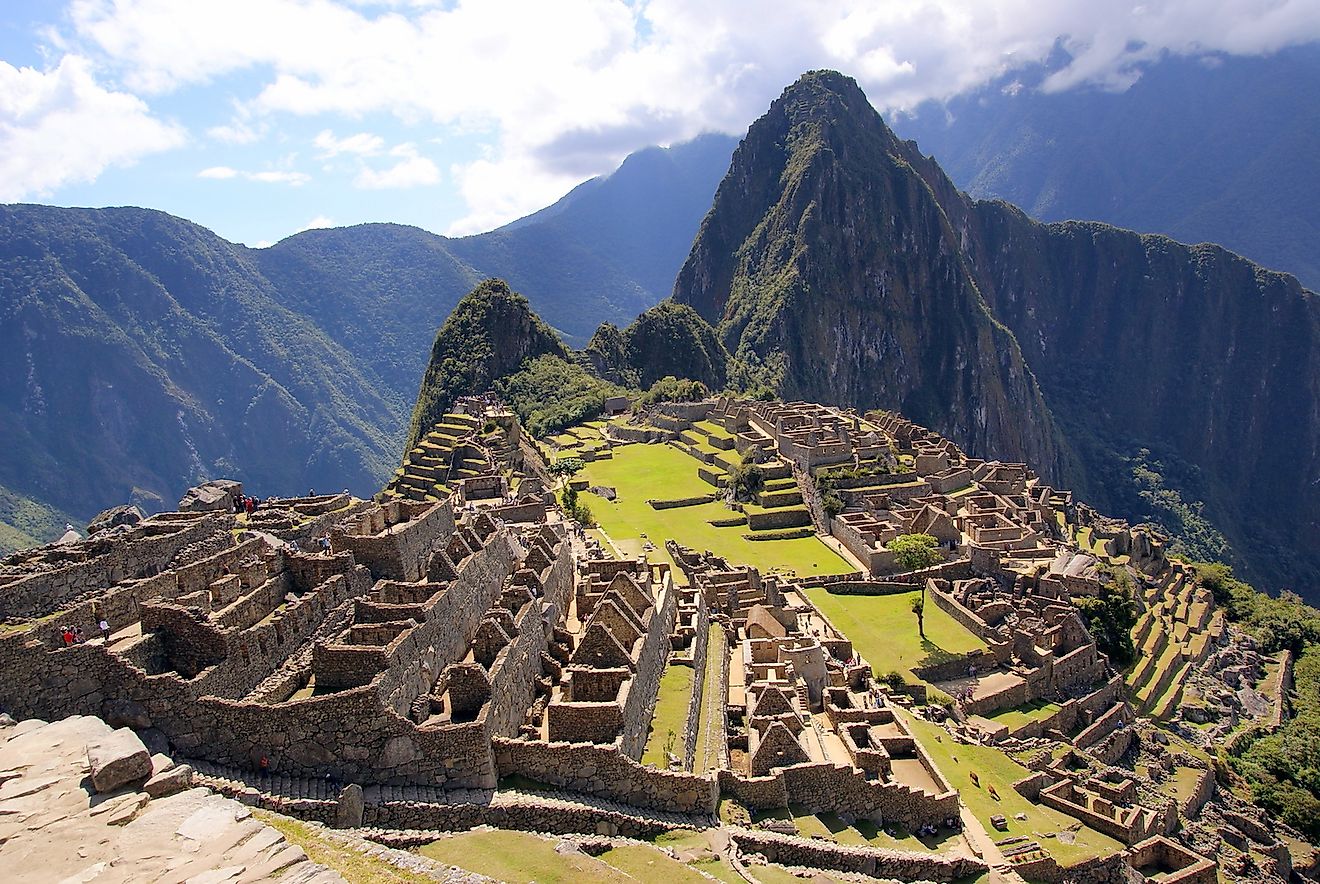
Known throughout the world as the lost city of the Incan civilization, Machu Pichu stands 2,430 m above sea-level, amidst a forest. It is cradled between the mountains of Southern Peru and has been around since the 15th century. Widely believed as the royal estate of Inca leaders or a religious site for the Inca empire, its people and civilization were eventually wiped out by Spanish colonizers. For hundreds of years, the site remained unknown to the Western world until it was discovered by archeologist Hiram Bingham in 1911.
9. The Colosseum (Italy)
Once the Roman Empire’s largest amphitheater is now one of the world’s most majestic ruins that draws hundreds of visitors to Italy every year. Built sometime between 70 A.D to 72 A.D, the site was used as the venue for many famed gladiator fights then deemed then as games that were performed for entertainment. Measuring a massive 189 by 156 meters, the structure could hold up to 50,000 people. Aside from gladiator fights, it was also the venue for dramas and public executions.
8. Parthenon (Greece)
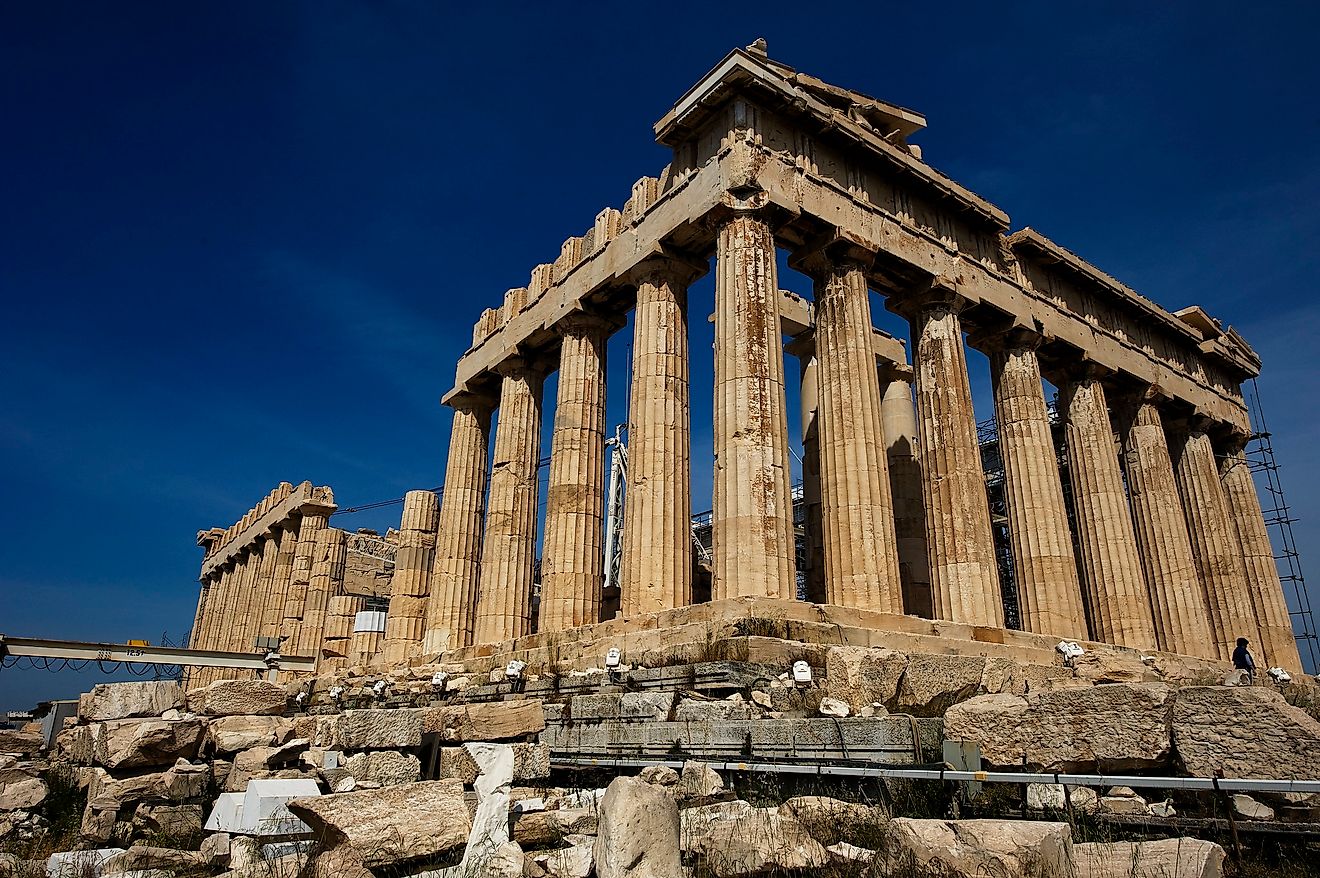
Built by the Ancient Athenians between 447 and 432 BC, this majestic structure was dedicated to the city’s patron deity Athena. What was once a beautiful temple built to house the gold and ivory Athena Parthenos statue, it has been rocked by earthquakes, fell prey to looting, once defaced and set on fire. And while what’s left now is but a fragment of its once awe-inspiring beauty, people continue to flock to Athens to see and photograph the temple ruins.
7. Chichen Itza (Mexico)
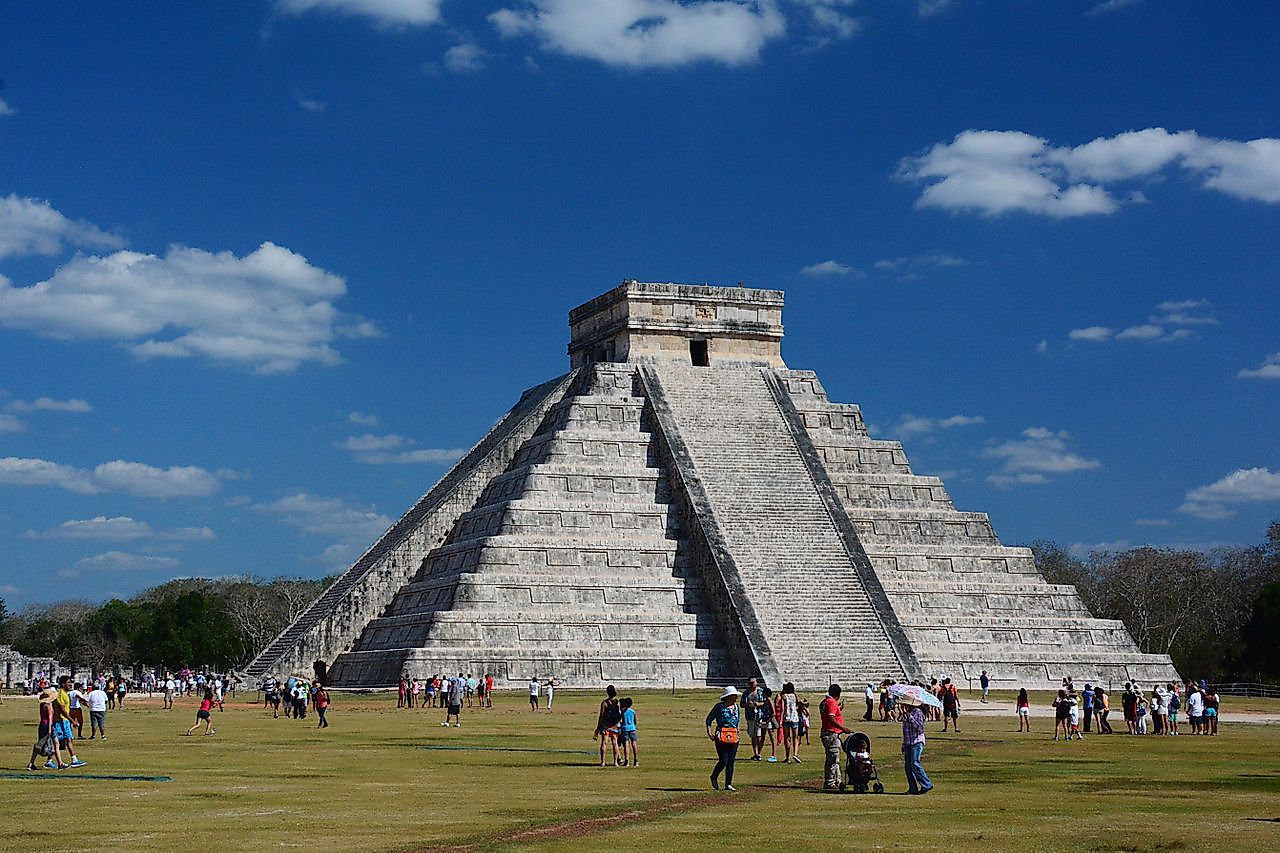
The second most visited archeological site in Mexico today, the Chichen Itza dates back to as early as 550 A.D. This ancient Mayan city located on the Yucatan Peninsula, is a UNESCO World Heritage site and has recently been listed as one of the new seven wonders of the world. Its most famous structure is the El Castillo or the Pyramid of Kukulcan. Other areas in the site that are worth exploring include the Great Ball Court and the Temple of the Warriors that show Mesoamerican architecture.
6. Angkor Wat (Cambodia)
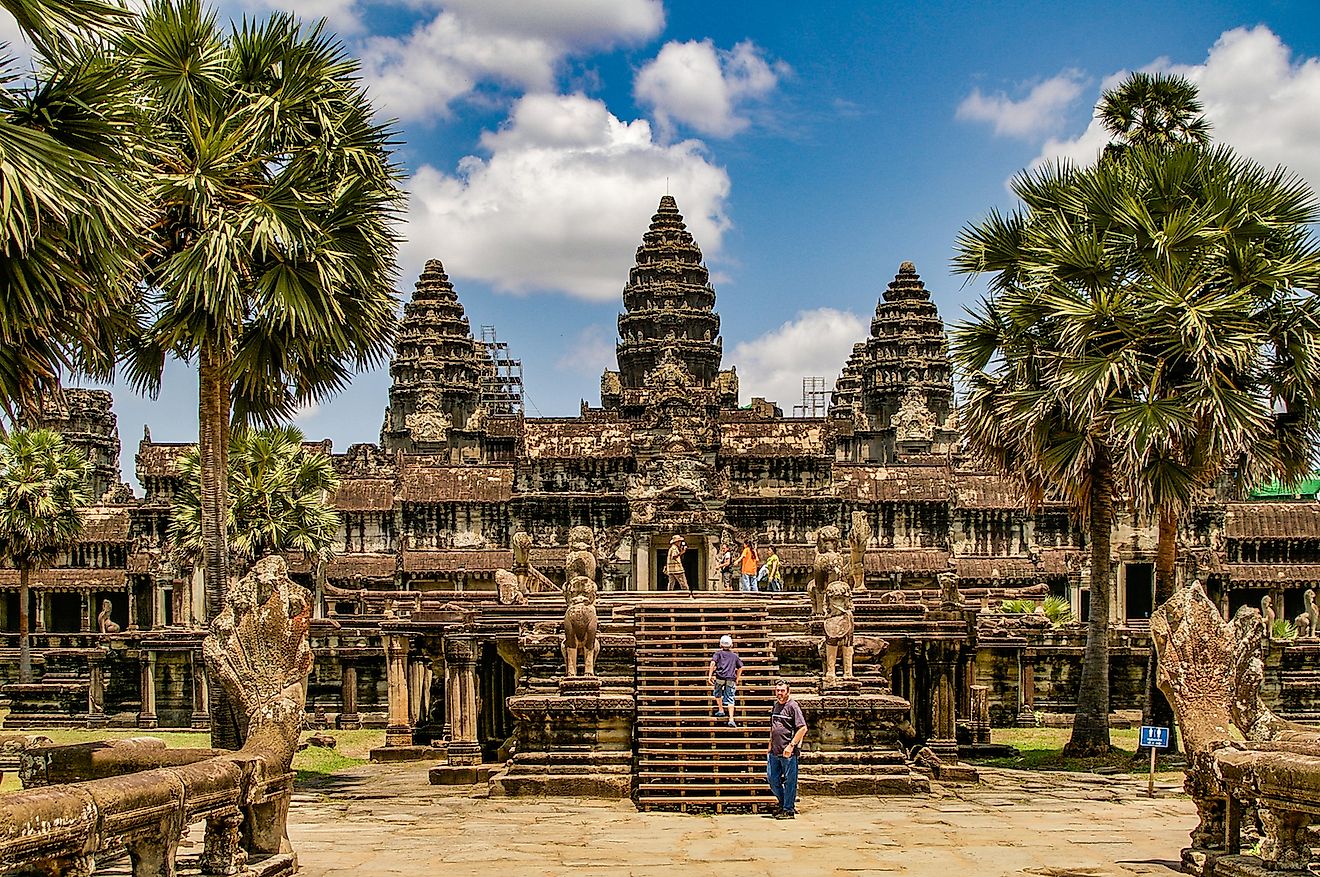
This sprawling Buddist temple complex located in Northern Cambodia is one of the most significant archeological sites in South East Asia. The site is home to remains of the Khmer Empire and was once considered the center of the Khmer Kingdom. Built originally during the first few years of the 12th century as a Hindu temple dedicated to the Hindu God Vishnu, it covers a 400-acre area and is believed to be the world’s biggest religious site. It eventually became a Buddhist temple by the end of the 12th century.
5. Ajanta Caves (India)
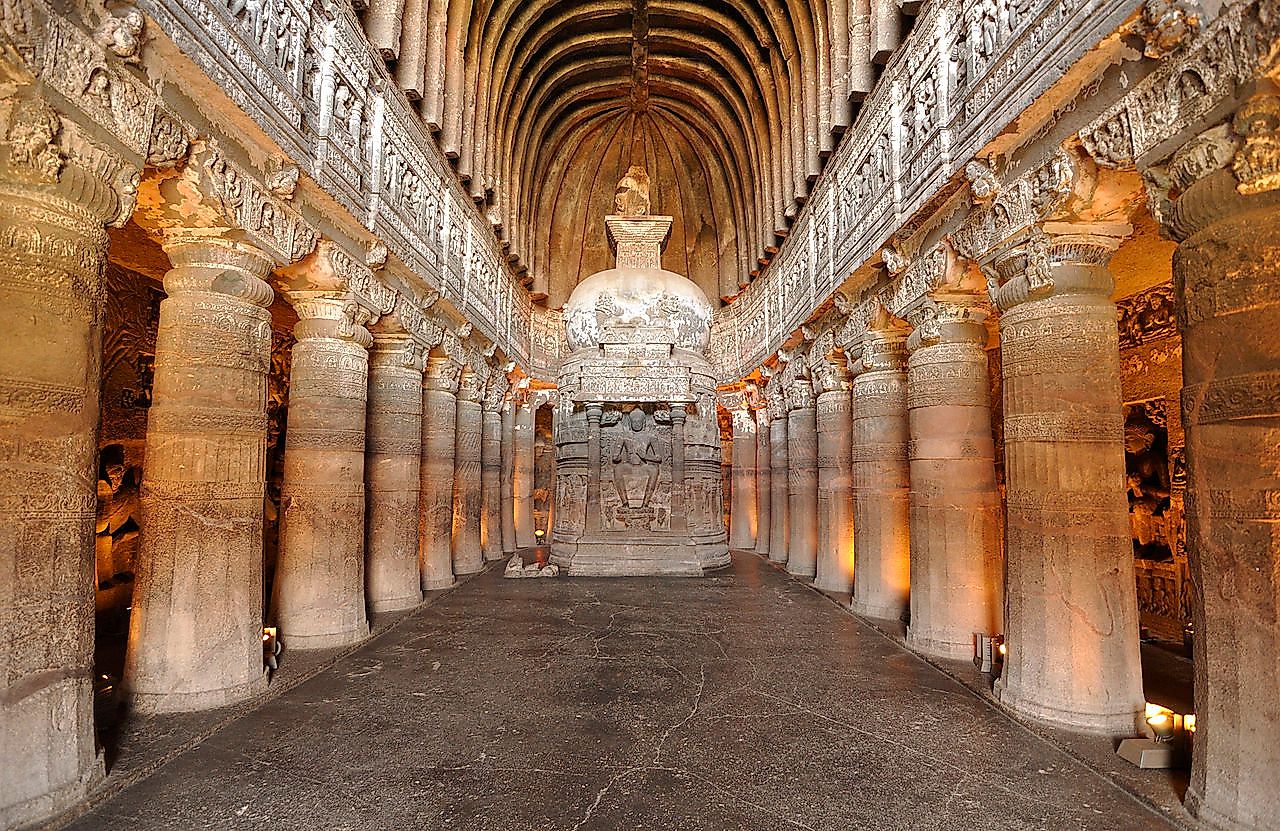
Composed of 30 Buddhist temples, the Ajanta Caves were carved from the side of the mountains near the Ajanta village in Western India. Deemed a UNESCO World Heritage Site, these temples were carefully carved from granite horseshoe-shaped cliffs. They feature beautiful ancient sculptures, chaitya pillars, prayer halls, intricately decorated cave walls, shrines, and some of the world’s most fascinating fresco-type paintings that are the best examples of Buddhist religious art.
4. Roman Baths (England)
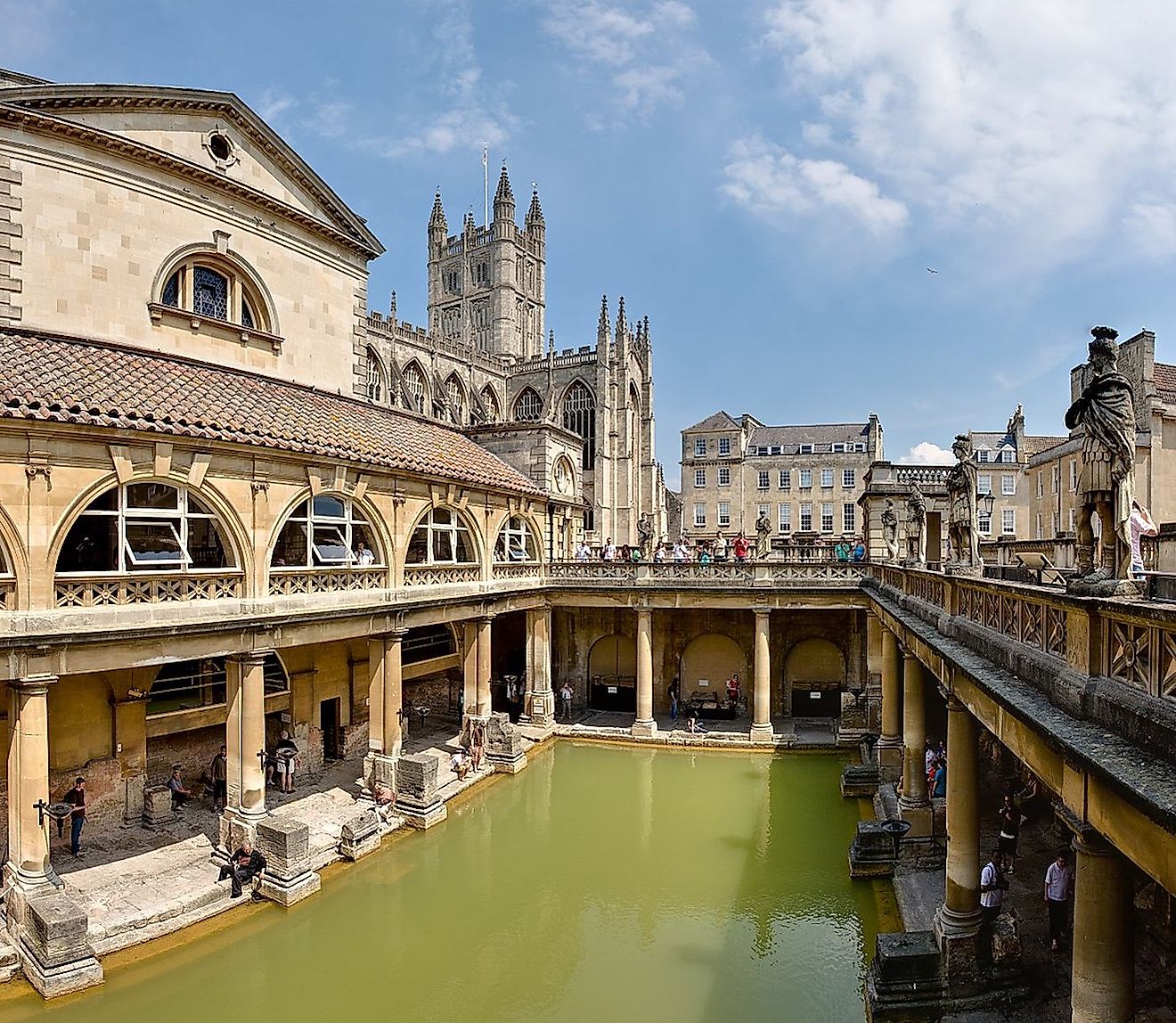
One of the most well-preserved Roman sites in the UK, this thermae located in the city of Bath features a sprawling complex used by the ancient Romans for rest, relaxation, and a bit of socialization. A visit to Britain wouldn’t be complete without peeking inside the famous Roman Baths with its giant pool right at the center of the complex. The water which used to be clear and was used for bathing back then has now turned green due to algal growth. Its walls albeit stained and dilapidated provide clues to the lifestyle of the Romans who frequented these baths.
3. Bagan Temples (Myanmar)

Spread across the plains of Bagan in Myanmar, these temples are one of the most interesting archeological sites in Asia. The structures are estimated to be around 800 years old and are composed of over 3,500 ancient Buddhist pagodas, as well as other religious structures covering an area that measures around 16 square miles. The temples and pagodas are a sight to see from afar with their towers pointing upwards seemingly protruding from the ground and reaching up into the sky.
2. Petra (Jordan)
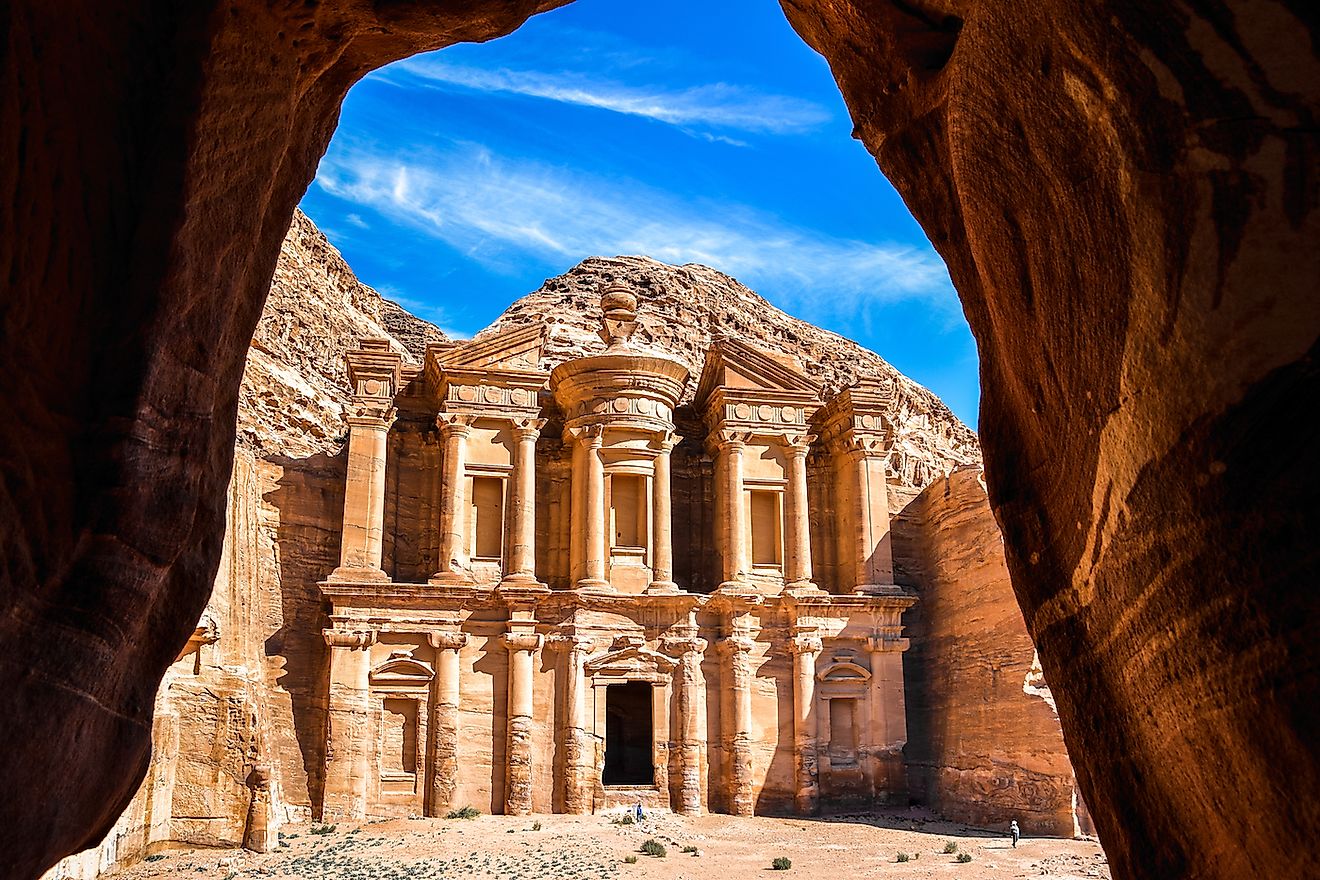
Half built and half-carved on the side of a sandstone hill, the site is most famous for the 45m-high Al Khazneh temple. Believed to have been constructed around the 2nd century A.D., these ancient structures feature beautiful carved pillars and sculptures standing amidst a sea of passageways and gorges. Tourists flock to the area that seemingly hides behind pink sandstone cliffs, to see its dynamic fusion of Eastern culture and Hellenistic architecture. The entire ancient city, which is believed to be only 15% of the lost capital of Nabatea (ancient Arab civilization), is so huge visitors would need an entire day or two to explore all areas.
1. Pyramids of Giza (Egypt)
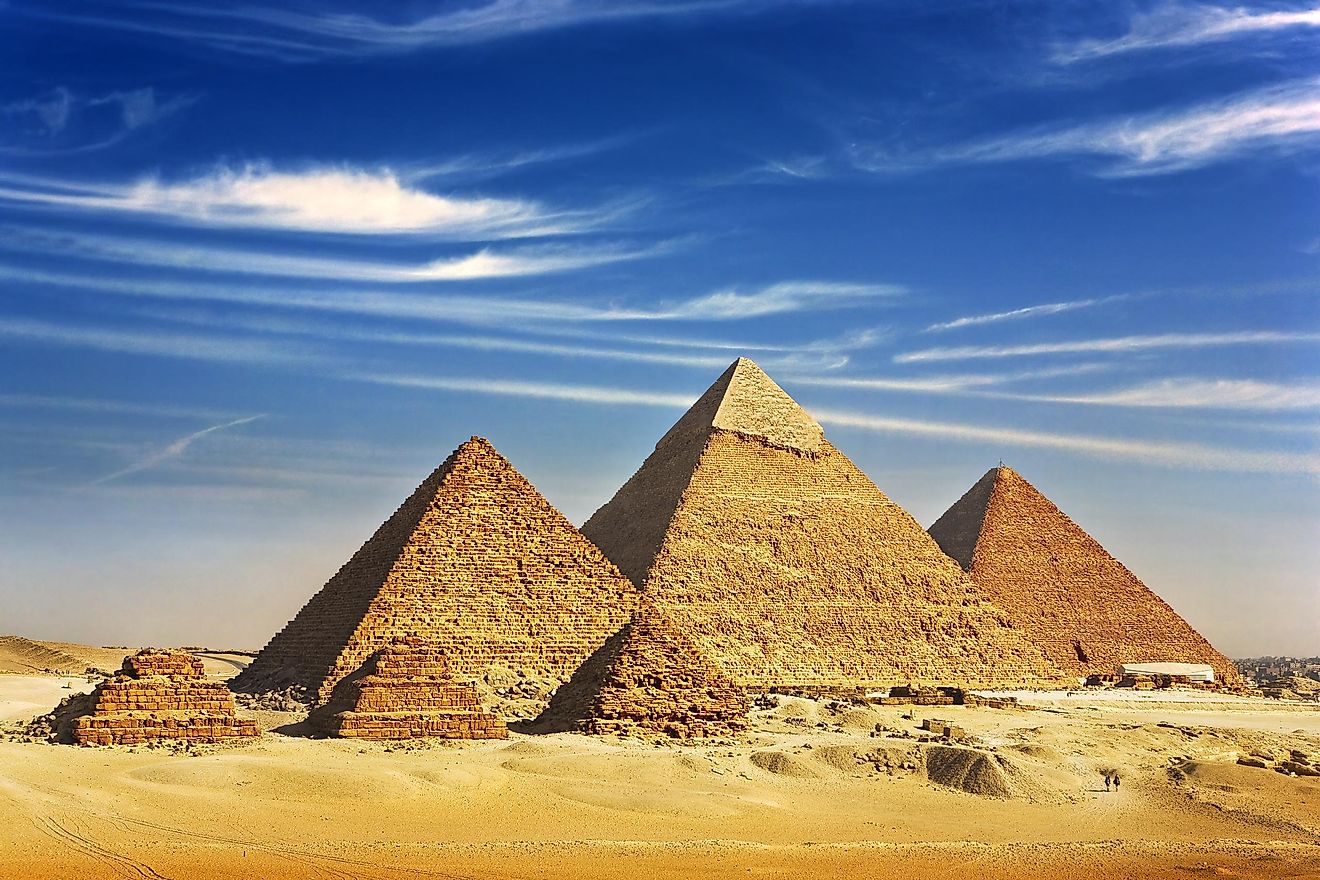
Perhaps the most iconic of all ruins are the towering pyramids of Giza in Egypt. These ancient tombs built between 2589 to 2566 B.C., house treasures, and remains of Egyptian kings. The Great Pyramid towers at a height of 479 feet and is held firmly to the ground by its base that spans 230 meters. People are still puzzled by how it was built, but while its construction has continued to baffle archeologists and historians thousands of tourists are drawn to its mysteriously majestic appeal.











